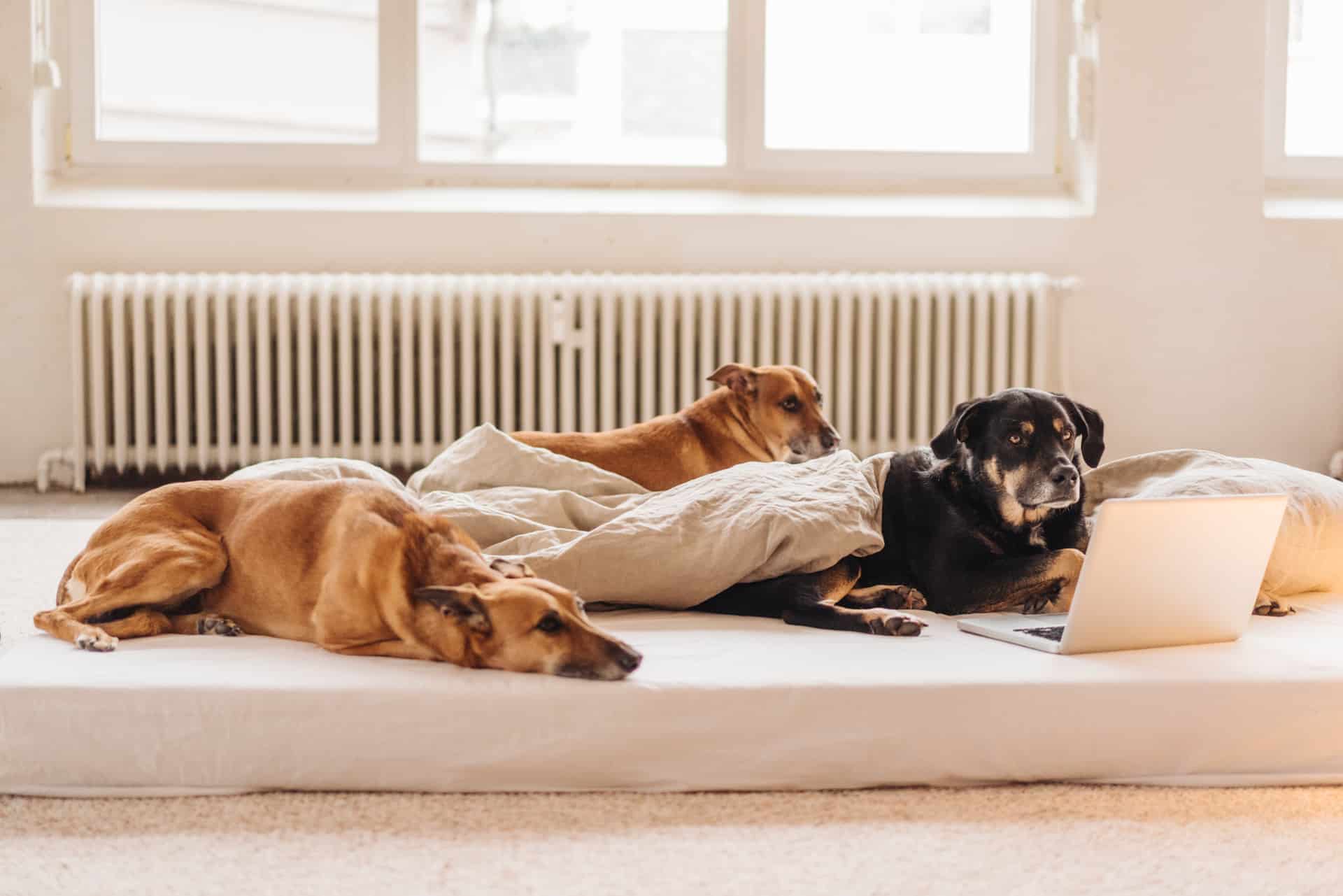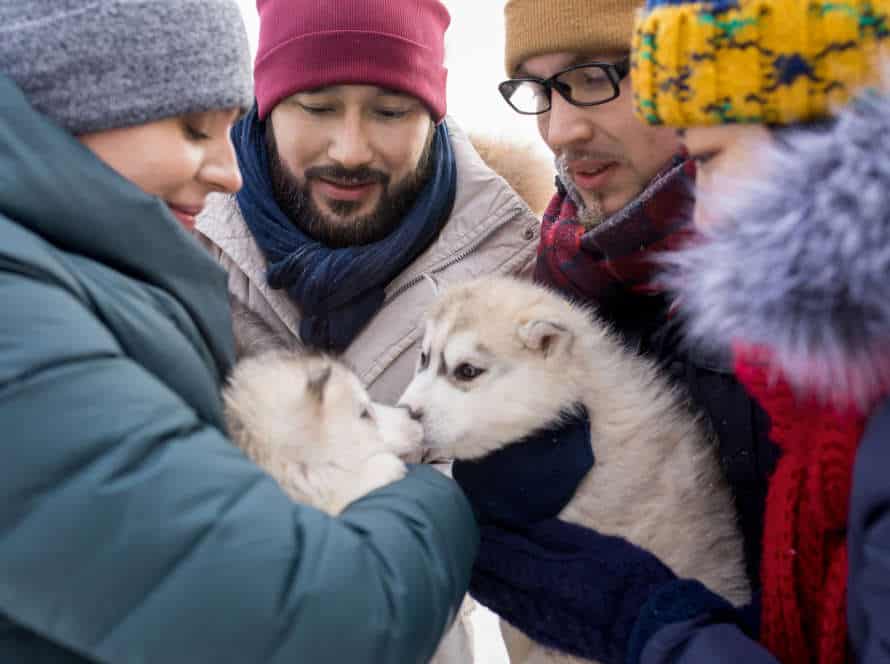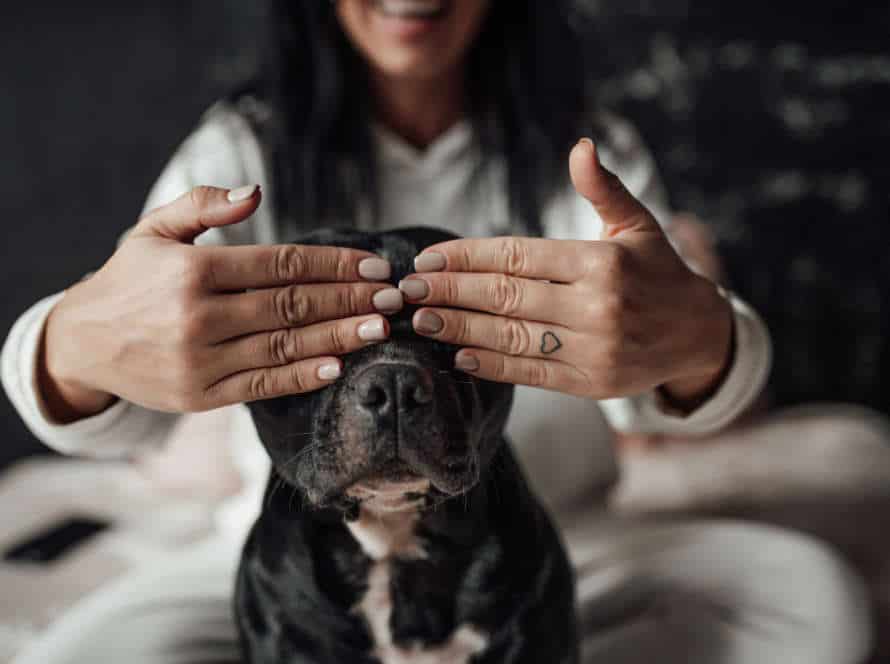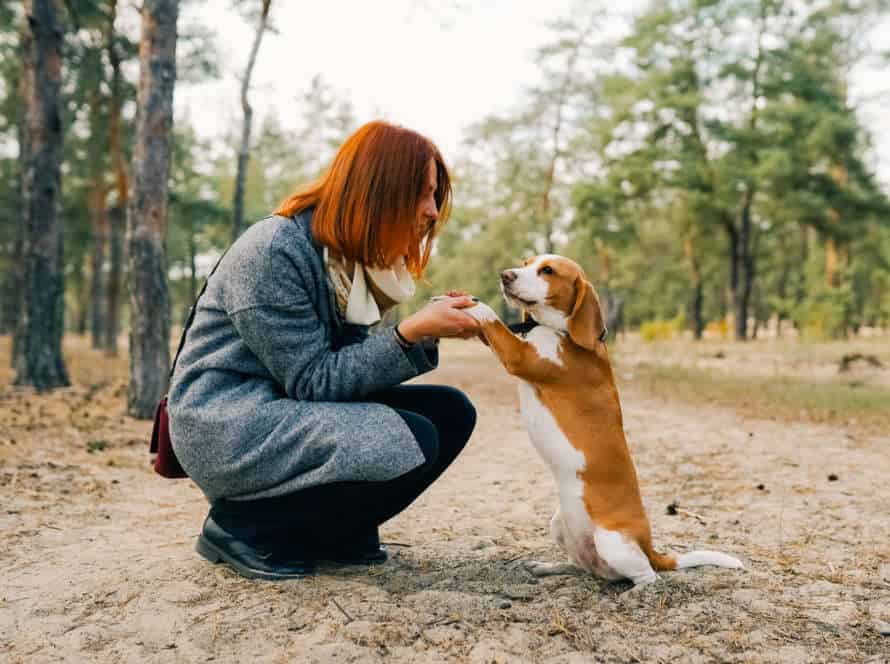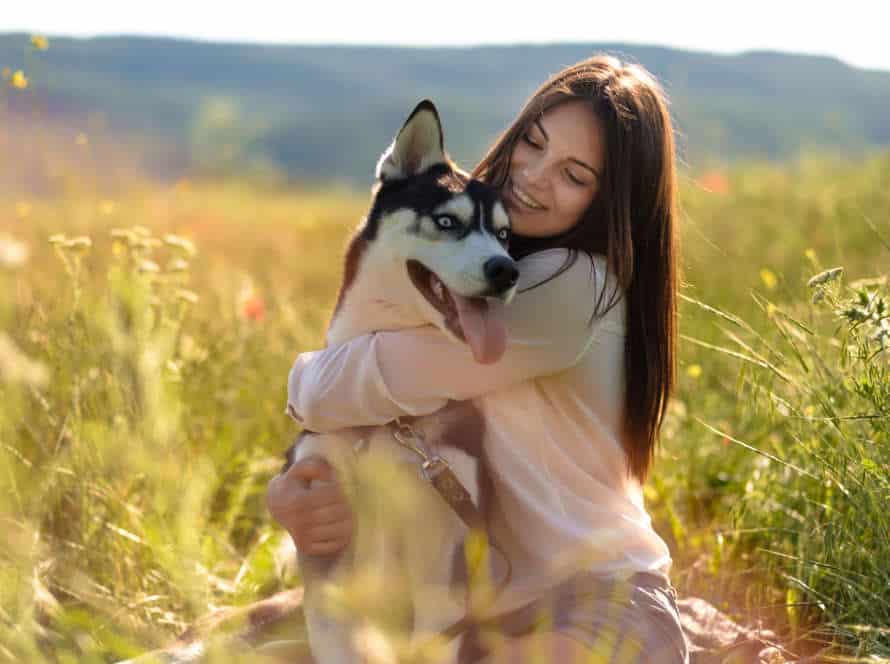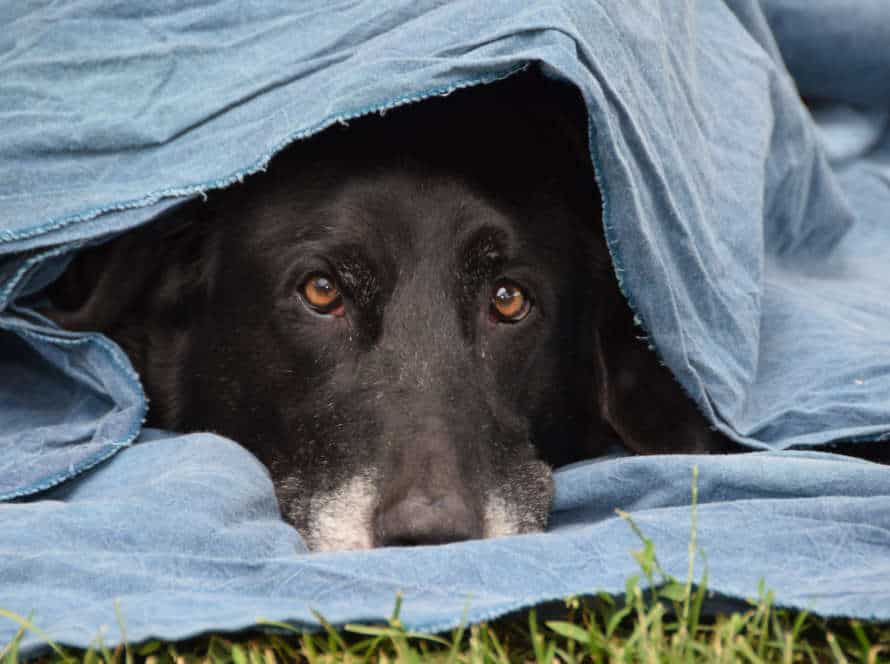Fostering Positive Interactions Among Dogs: A Guide for Owners
Fostering positive doggy interactions is essential for responsible owners. Here are tips to help:
- Supervise! Always watch your pups, especially on first meetings.
- Start slow: Introduce them in a neutral space and keep ’em on leashes.
- Reward good behaviors: Praise them when they play nicely or share toys.
- Take breaks: Dogs can get overwhelmed, so take breaks to prevent overstimulation.
- Learn body language: Understand cues to help prevent conflicts and promote positivity.
By fostering positive interactions, you’ll help your pooches build friendships, reduce stress, and have a happy home.
Understanding Dog Body Language
Canines’ body language is essential to comprehend. This allows for positive experiences between pooches. Knowing a pup’s signals can make owners aware of distress and other signs of caution, along with expressing approval and agreement. Let us explore some of the basic body language signs and their implications.
Recognizing signs of aggression in dogs
As a pet owner, it’s key to recognize signs of aggression in dogs. They use body language to show their feelings and intentions. Here are some common ones to look out for:
- Stiff body
- Snarling or showing teeth
- Growling or barking
- Raised fur
- Tail up or tucked
- Avoiding eye contact
Aggression in dogs can be caused by fear, insecurity, illness, or territorial behavior. It’s important to take action straight away and get help from an expert. A trained and socialized pup can be a faithful companion for years.
Identifying friendly vs unfriendly body language
As a responsible pet owner, it is vital to know the signs of friendly and unfriendly body language in dogs. This knowledge can help prevent negative encounters, and create good relationships between doggos. Here are some key things to look out for:
Friendly:
- Tail wagging with a relaxed body.
- Ears relaxed and not pinned back.
- Loose body, not rigid or tense.
Unfriendly:
- Bared teeth, growling or snarling.
- Tail held high, stiff.
- Ears flattened against the head.
- Body tense, hackles raised.
By understanding these signs, you can avoid bad situations and make sure pooches interact safely and happily.
Understanding appropriate play behavior
It’s key to understand right play behavior, to make positive interactions among dogs and keep them safe during playtime. Dogs normally do play to socialize and use up energy, but it can turn aggressive if owners don’t recognize dog body language nuances. Here are some key points to remember when watching dog play:
Look out for signs of relaxed and playful body language e.g. a wiggly or loose stance, open mouth, and tail wagging. Notice behaviors that show stress or fear e.g. flattened ears, tucked tail, or growling. If you spot any inappropriate behavior or body language, or if any dog doesn’t feel comfortable, interrupt the play. Learning to read your dog’s body language and understanding the correct play behavior can make for safer and more fun playtime for both dogs and owners.
Facilitating Positive Interactions During Walks
Take your pup out for a walk or jog! It’s a great way for them to explore the world. But it can become stressful if there’s other dogs around. As the owner, you must be ready for any encounters. Create a positive space for interactions. Here are some tips to help!
When out walking, keep your dog close. Keep an eye out for other doggies. Don’t let your pup approach them. If they seem nervous, take them away. Always stay calm and avoid conflict. Reward your pup when they’re behaving well.
Choosing appropriate dog parks
Choosing the perfect dog park is key to having good interactions between doggos on walks and making sure your pup’s behavior is on point. Here’s some advice to help you choose the right one:
- Research: Look for dog parks with separate zones for large and small dogs, as well as plenty of room for off-leash running and playing.
- Observe: Pop by the park at different times of the day and observe how the pooches and owners act. Is the place poppin’ or chill? Are the pups happy and friendly, or do they come off aggressive?
- Safety: Check for safety measures like fences and gates. Keep an eye out for stuff like broken glass and other sharp objects that could harm your pup.
- Cleanliness: Pick a park that is clean and taken care of. Make sure any poop is bagged up and disposed of. Keep an eye out for other health hazards.
By taking these tips into account when selecting a dog park, you can guarantee your furry friend has a safe and positive experience when playing with other doggos.
Keeping your dog on a non-retractable leash
It is essential to keep your pup on a non-retractable leash when taking them for a walk. This gives you better control over their movements. Here are three reasons why:
- Safety – Retractable leashes can snap back suddenly and cause injuries.
- Control – You can control your pup’s pace, making it easier to train them and follow commands.
- Prevention – Retractable leashes make it difficult to stop confrontations between dogs, as the pup can roam beyond the handler’s control if threatened by another animal.
Using a non-retractable leash creates a safe environment, fostering positive interactions and socializing skills. Your pup will be able to move smoothly in public spaces.
Supervising interactions and recognizing warning signs
It’s key to supervisng and noticing signs of danger when dogs come together on a walk. This is so they can have a great and safe time. Here’s how:
- Watch and keep an eye on your dog’s meetings with others and step in if they show aggressive behaviour e.g. growling, bared teeth, or fur standing up.
- Reward friendly meetings with treats or compliments.
- Let each dog have their own space and don’t force them to meet if they don’t want to.
- Also, keep your dog on a leash, apart from in designated off-leash parks.
By following these tips, you can help your pup have good meetings with other dogs and make the most of your walks!
Introducing Dogs to Each Other
Introducing two dogs? Nerve-wracking! Owners want to ensure all dogs are safe and happy. Introductions must be done properly for positive interactions. Here’s how to foster them in a good way.
Preparing for the introduction
Introducing dogs? Need to plan carefully. Here’s what to do:
- Choose a place neither pup will feel protective.
- Ensure both are leashed and in your control. If either has aggression issues, seek professional help.
- Keep the mood calm. Your energy affects the pooches. Relax and be positive.
- Pro tip- Treat and praise good behavior to reward and reduce risk of bad interactions.
Introducing dogs in a neutral territory
Introducing pooches in a place that’s neutral is the key to having positive dealings between them. Here are the steps for introducing two pups:
- Pick a neutral spot such as a park, a peaceful street or a friend’s backyard.
- Keep both dogs leashed to stop any possible fighting.
- Let them sniff one another, watching their body language.
- If there’s no sign of aggression, let them interact off-leash but near you.
- Start with short and pleasant meetings, then gradually increase their time and frequency together.
- Reward them for good behavior.
- Have patience: it can take multiple meetings for them to feel at ease.
Monitoring the interactions and being prepared to intervene
Introducing dogs can be a stressful experience for both the dogs and their owners. It is important to monitor the interactions and be prepared to intervene. Here are some tips:
- Allow the meeting in a neutral and controlled environment.
- Keep the leash loose.
- Let the dogs approach each other slowly.
- Look for signs of aggression, like growling, snarling, or raised hackles. If needed, separate the dogs.
- Reward positive behaviors, such as play or interest in the other dog with treats or praise.
- Give each dog their own food, water, and toys to avoid territorial behavior.
By carefully watching and intervening when necessary, you can help foster good relationships between the dogs.
Preventing Conflicts in Multi-Dog Households
Multi-dog households can face conflicts if not managed properly. Even dogs who are pals can have bad interactions if the environment isn’t watched. Lucky for us, there’s help! Owners can take steps to avoid conflicts and promote good relations between dogs. We will learn how to do this in this guide.
Training all dogs using positive reinforcement techniques
Train your dogs using positive reinforcement techniques! This is the best way to prevent conflicts in multi-dog households. It focuses on rewarding desired behaviours, not punishing the bad. This encourages dogs to repeat the good stuff.
Here are some tips:
- Reward good behaviour with treats or praise.
- Ignore or redirect bad behaviour, don’t punish it.
- Use positive reinforcement to teach sit, stay and come.
- Reward for playing nicely together.
With patience and consistency, you can help your dogs learn to get along and create a safe, happy home.
Providing each dog with their own resources (i.e. food and water bowls, beds)
Giving each pup its own resources is a must for avoiding conflicts in households with multiple dogs and making sure they get along. Here’s why:
- No competition. No competition = no fights. If they have to compete for food, water, etc., it can lead to aggression.
- Secure feeling. Dogs need their own space, just like humans, and when they have their own resources, they feel safer.
- Preventing diseases. Sharing resources can spread infections, especially when one of the dogs is sick.
So, give each pup its own food and water bowls, bed, and toys. Feed them in separate areas at specific times, and don’t free-feed.
Providing resources to each pup ensures a harmonious relationship with your furry friends.
Establishing clear house rules and boundaries
To prevent conflicts in a multiple-dog home, it’s essential to set up clear house rules and boundaries. Here are some effective tips:
- Define boundaries around food, toys, and sleeping areas to avoid fights over resources.
- Give each dog their own space for when they need privacy or want to rest.
- Educate your dogs on good manners and basic obedience commands to stop them from getting too excited or aggressive.
- Observe your dogs’ interactions and body language for signs of tension or potential issues before they get out of hand.
- Award positive behaviors and connections between your dogs to encourage good habits and friendship.
By following these techniques, you can ensure your furry friends live together in peace and stay stress-free, promoting their wellbeing.
Seeking Professional Assistance
Struggling to get your dogs to be friends? Professional help might be the answer! If you’ve already tried, but not had much luck, working with an experienced dog trainer or behaviorist could be the key. They can help your pooches be more comfy around each other.
Identifying when a dog behaviorist or trainer may be necessary
As a canine owner, it’s essential to recognize when seeking expert assistance from a dog behaviorist or trainer is necessary. Here are some signs to watch out for:
- Aggression: If your pup is aggressive towards humans or other dogs, you should seek professional help. A behaviorist can evaluate the dog’s temperaments, identify the cause of aggression, and create a training plan to lessen this behavior.
- Fear and anxiety: If your doggo cowers, hides, or seems scared in certain circumstances, a behaviorist can help find out what triggers the fear and anxiety and produce a training plan to decrease these reactions.
- Excessive barking or destructive behavior: If your pup barks too much or does destructive things like chew furniture or dig holes, a trainer can help devise training techniques to address these problems.
- Training difficulties: If your attempts to train your dog aren’t succeeding, a trainer can discover the reason for the difficulties and create a plan to solve them.
Getting professional assistance can guarantee a content and healthy bond between dogs and their owners.
Tips for choosing a qualified professional
Selecting a pro to help with positive dog interactions is essential for pet owners. Here are tips for choosing the right pro:
- Look for Certs & Qualifications: Confirm the pro has the required certifications and qualifications to work with dogs. They should have finished a certified course in dog behavior and have a respectable certificate.
- Check Reviews & References: Always check customers’ reviews and references before selecting a pro. This gives you an idea of their success rate and repute.
- Observe their Training Methods & Techniques: Find out what techniques and training methods the pro uses. Make sure they use positive reinforcement methods to promote good behavior.
- Place Importance on Experience: The more experienced a pro is, the higher the chances of success. Look for someone with experience working with different breeds with different behavioral problems.
- Analyze their Passion & Love for Dogs: Pick a pro who is qualified and passionate about looking after dogs. Their love for dogs should be obvious in the way they approach their job.
Pro Tip: Take your time to research and choose a pro who meets your needs and shares your values in caring for your pet.
Understanding the potential costs and time commitment involved
Hiring a pro trainer or a dog behaviorist can be helpful for dogs. But understand the costs and time needed before you get help.
Costs: Prices for pro dog training vary. It depends on the trainer’s experience and qualifications, location, number of dogs, and training techniques. Research and compare prices first.
Time: The time needed for pro dog training changes based on the goals, dog’s personality, and owner’s effort. Be honest about the time and follow the trainer’s recommendations.
With proper planning, professional help can be a great tool for positive interactions between dogs.
Frequently Asked Questions
Q: Why is it important to foster positive interactions among my dogs?
A: It is important to foster positive interactions among your dogs because it creates a harmonious and relaxed environment for both the dogs and the owners. It also reduces the risk of aggression and fights among the dogs.
Q: How can I encourage positive interactions among my dogs?
A: You can encourage positive interactions among your dogs by setting a positive tone, providing enough space and resources for each dog, supervising them during playtime, and rewarding good behavior.
Q: What should I do if my dogs are showing aggressive behavior towards each other?
A: If your dogs are showing aggressive behavior towards each other, you should separate them immediately and consult a professional dog trainer or behaviorist. This will help you identify the root cause of the aggression and find a suitable solution to address the problem.
Q: Can I introduce a new dog to my household if I already have one or more dogs?
A: Yes, you can introduce a new dog to your household if you already have one or more dogs. However, it is important to introduce them gradually and under supervision to ensure a positive interaction.
Q: How can I tell if my dogs are engaging in positive interactions?
A: You can tell if your dogs are engaging in positive interactions by observing their body language. Positive interactions are usually accompanied by wagging tails, relaxed body posture, and play bows. Growling, snarling, and aggressive behavior are signs of negative interactions.
Q: How often should I supervise my dogs during playtime?
A: You should supervise your dogs during playtime as often as possible. This will help you identify any potential conflicts and intervene before they escalate into aggressive behavior. Supervision is especially important when introducing a new dog to the household or when the dogs are playing with unfamiliar dogs.

